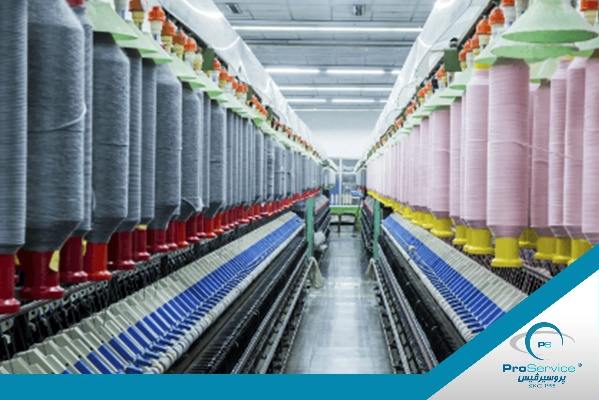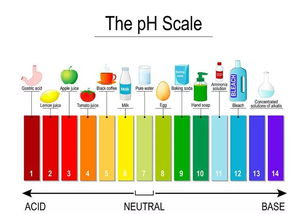Reclaiming Textiles:A Sustainable Approach to Material Recycling
Textile waste, often discarded or inappropriately disposed of, represents a significant environmental challenge. The textile industry is responsible for producing vast quantities of fabrics and materials that can be transformed into valuable products through recycling. In this article, we explore the concept of textile recycling, its benefits, challenges, and how it can be implemented effectively. We will also present some case studies to illustrate the practical application of textile recycling.
Textile Recycling Benefits

-
Reduced Waste: By reusing textiles rather than throwing them away, we significantly reduce the amount of waste sent to landfills. This not only conserves natural resources but also reduces greenhouse gas emissions associated with landfill decomposition.
-
Energy Efficiency: Recycled textiles are typically made from recycled fibers, which means they require less energy to produce compared to new raw materials. This contributes to reducing energy consumption and lowering carbon footprint.
-
Promotes Economic Growth: Textile recycling provides an economic opportunity for communities by creating jobs in the recycling and processing industries. It also supports the development of new markets for recycled goods, contributing to economic growth.
-
Improves Environmental Quality: By reducing the need for new textile production, we help mitigate the negative impacts of overproduction on our planet, such as water pollution and soil degradation.
-
Enhances Product Durability: Recycled textiles often have higher durability than their new counterparts, making them more cost-effective and long-lasting.
Challenges in Textile Recycling
-
Inefficient Collection: Many textile waste is collected inadequately, leading to a loss of potential value in the recycling process.
-
Quality Control: The quality of recycled textiles can vary greatly depending on the source and method of collection and processing. This can affect the final product's performance and marketability.
-
Technological Barriers: Technological advancements are needed to improve the efficiency and effectiveness of textile recycling processes. For example, developing advanced sorting and cleaning technologies can enhance the quality of recycled materials.
-
Market Saturation: While there is a growing demand for recycled textiles, the market may become saturated if too many companies enter the recycling business. This could lead to price wars and decreased profit margins for those involved in the industry.

Case Studies
-
The Textile Recycling Association: The Textile Recycling Association (TRA) was established in 1987 to promote the use of recycled textiles in various sectors, including apparel, furniture, and home furnishings. Through partnerships with manufacturers and retailers, TRA helps to educate consumers about the benefits of using recycled textiles and encourages the adoption of these practices.
-
The Global Textile Exchange: The Global Textile Exchange (GTEx) is a non-profit organization that aims to promote sustainable textile production and consumption worldwide. GTEx works with governments, businesses, and NGOs to implement policies and programs that support the circular economy model. One of their initiatives is the "Global Textile Exchange Green Standard," which sets standards for the production and use of recycled textiles in different industries.
-
The Textile Recyclers Alliance: The Textile Recyclers Alliance (TRA) is a network of companies dedicated to promoting the use of recycled textiles in the fashion industry. TRA members include brands such as Patagonia, Everlane, and Levi's, among others. TRA works to educate consumers about the benefits of sustainable fashion and encourages the use of recycled materials in their products.
Conclusion
Textile recycling is a crucial component of a sustainable future. By implementing effective strategies, we can significantly reduce our environmental footprint and promote economic growth while preserving our planet for future generations. As demonstrated through case studies, successful implementation requires collaboration between various stakeholders, including government agencies, businesses, and consumers. Let us work together to reclaim textiles and create a more sustainable future for all.
随着社会经济的快速发展,纺织品回收利用已成为环境保护的重要一环,本文将围绕纺织品回收利用的主题,从多个层面展开讨论,并提供相关案例分析。
纺织品回收的意义与价值
- 减少资源浪费:纺织品是重要的可再生资源,通过回收利用,可以减少对有限资源的过度消耗。
- 节约成本:通过回收利用,可以降低新纺织品的生产成本,提高经济效益。
- 促进可持续发展:纺织品回收利用有助于推动绿色、循环经济的发展,实现可持续发展。
纺织品回收的主要途径与方法

- 旧纺织品回收:通过社区回收、二手市场交易等方式进行。
- 再加工利用:将回收纺织品进行清洗、整理、修补等处理,使其焕发新生。
- 纺织材料再生利用:利用生物降解材料、再生纤维等新技术进行纺织品的再生利用。
案例分析
某城市纺织品回收利用的成功实践
近年来,某城市积极推进纺织品回收利用工作,取得了显著成效,该城市建立了完善的纺织品回收体系,通过社区回收、再生纤维工厂处理等方式,实现了旧纺织品的有效回收和再利用,该城市还推广了新型纺织材料的再生利用技术,提高了纺织品的附加值和市场竞争力。
纺织品回收利用的创新实践
近年来,一些地区和企业也积极采用创新的方法和手段进行纺织品回收利用,一些企业开发了智能化的纺织品回收管理系统,通过大数据分析和人工智能技术,实现了旧纺织品的高效分类和回收,一些企业还开展了废旧纺织品循环利用的公益活动,推动社会各界共同参与纺织品回收利用工作。
纺织品回收利用的挑战与对策
- 政策支持不足:我国在纺织品回收利用方面的政策支持还不够完善,需要政府加强政策引导和扶持力度。
- 技术瓶颈:当前纺织品回收利用技术还存在一定的技术瓶颈,需要加强技术研发和创新。
- 社会认知度不高:需要加强宣传和教育,提高社会各界对纺织品回收利用的认识和重视程度。
纺织品回收利用是环境保护的重要一环,对于实现可持续发展具有重要意义,通过多种途径和方法进行纺织品回收利用,可以减少资源浪费、节约成本、促进可持续发展,也需要加强政策支持、技术研发和创新、提高社会认知度等方面的工作,推动纺织品回收利用工作的深入开展,我们应继续加强宣传和教育,推动纺织品回收利用工作的普及和发展。
Articles related to the knowledge points of this article:
The Adventures of a Smart and Cheap Textile Brand 笨小孩纺织品



